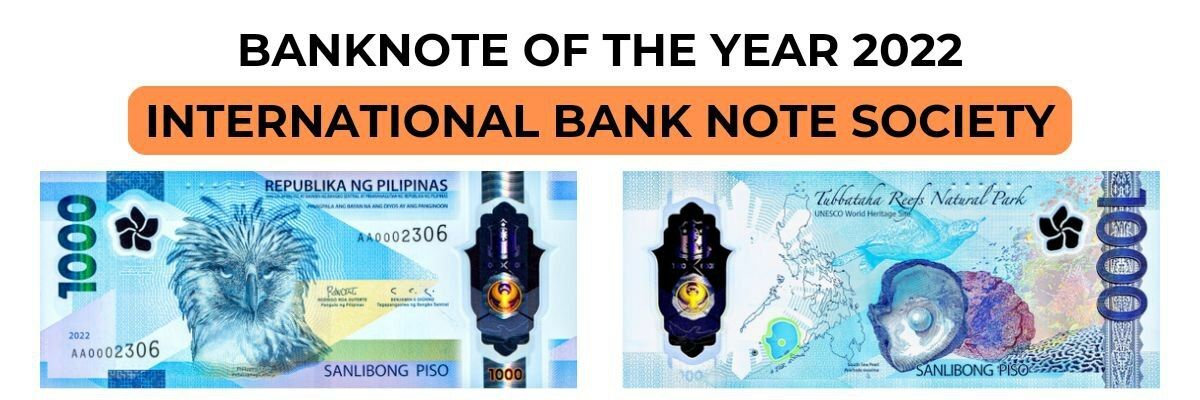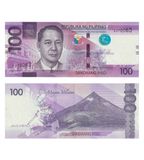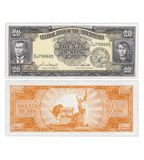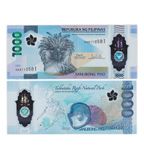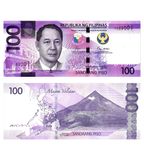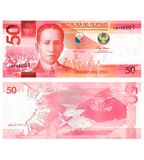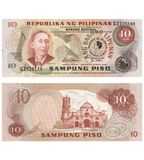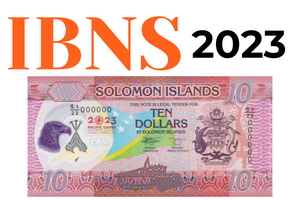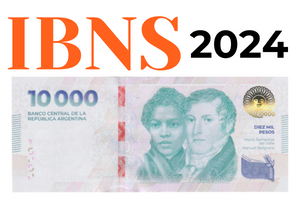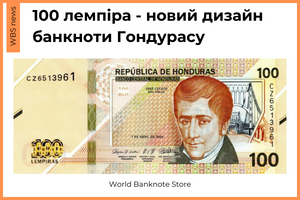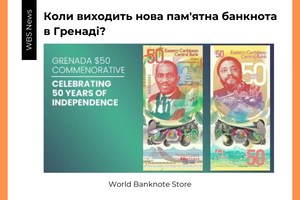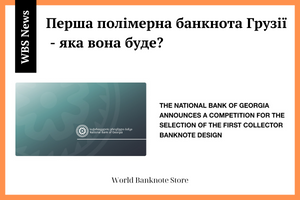In 2022, the International Bank Note Society (IBNS) announced the Philippine 1000 peso banknote as the winner of the Banknote of the Year category. This banknote impressed with both its design and innovative security features, outperforming almost 100 other new banknote issues that appeared in the world during this period.
The Philippine banknote attracted the attention of experts and collectors primarily for its unique design, which depicts rare representatives of the local flora and fauna. On its front side we see the Philippine eagle (Pithecophaga jefferyi), which is the national bird of the country and one of the largest eagles in the world. Its image symbolizes not only the uniqueness of the Philippine nature, but also the importance of wildlife protection and environmental preservation. This side of the banknote also features various security features that provide protection against counterfeiting: special watermarks, micro-printing, holograms, and transparent inserts that increase its level of security.
The reverse side of the banknote depicts the Tubbataha Reefs, a unique natural site that is a UNESCO World Heritage Site. This site is located in the Philippine Sea and is considered one of the most important marine reserves in the world due to its biodiversity. The image of the reefs on the banknote emphasizes the importance of preserving the marine ecosystems and natural heritage of the Philippines. In addition to the natural attractions, the banknote also features a map of the Philippines, which emphasizes the country's geographical location and wealth.
One of the key features of this banknote is that it is made on a polymer base. This makes it more durable than its paper counterparts and more resistant to wear and tear. Polymer banknotes are increasingly being chosen by central banks around the world due to their environmental friendliness and long service life. In addition, the polymer backing allows for more complex security features such as transparent windows and intricate visual elements, which adds to the banknote's aesthetic appeal.
As for the banknote's color palette, it is designed in bright shades of blue, turquoise, and green. These colors not only create a pleasing visual effect, but also have a practical value for blind and partially sighted people, helping them to better distinguish banknotes by their denomination. The number “1000” is placed vertically in the upper left corner of the banknote, which clearly identifies its denomination.
It is also important to note that the Philippines is increasingly turning to innovative solutions in the field of cash circulation. This banknote is part of a broader program to modernize the national currency to make it more secure and easy to use. According to representatives of the Central Bank of the Philippines, the new series of banknotes aims not only to prevent counterfeiting but also to strengthen national pride by depicting important symbols of nature and the country's cultural heritage.
The nomination of the Philippine banknote in the IBNS competition was marked by a large number of positive reviews. Experts note that this banknote issue perfectly combines modern security technologies with an aesthetically pleasing design that reflects the country's natural wealth. According to the voting results, the Philippine banknote was ahead of many other worthy candidates, including banknotes from Northern Ireland, Scotland, Egypt, Algeria, and Barbados. All of these banknotes also had significant advantages in terms of design and functionality, but it was the Philippine banknote that won the most votes among IBNS members.
Overall, the victory of this banknote is a vivid example of how modern states use banknotes not only to serve financial transactions but also to promote their cultural and natural heritage on the international stage. The Philippines continues to work on improving its banknotes, offering its citizens and the world a worthy example of a national currency that combines functionality and art.
The original banknote, which won the IBNS competition, is still in circulation, and thanks to its innovative qualities, it will continue to be a symbol of the Philippines' modern approach to the monetary system.
CLICK ON THIS TEXT AND SUBSCRIBE TO OUR WHATS APP CHANNEL TO ALWAYS RECEIVE UP-TO-DATE NEWS ON NEW BANKNOTES ISSUES, NEWS RELEASE AND CURRENT PROMOTIONS.
I wish everyone good collecting.
Co-owner of World Banknote Store - Vitaly Cherniukhttp://https://chat.whatsapp.com/KSbkIL34BHkLQFh9QfAn8j


















